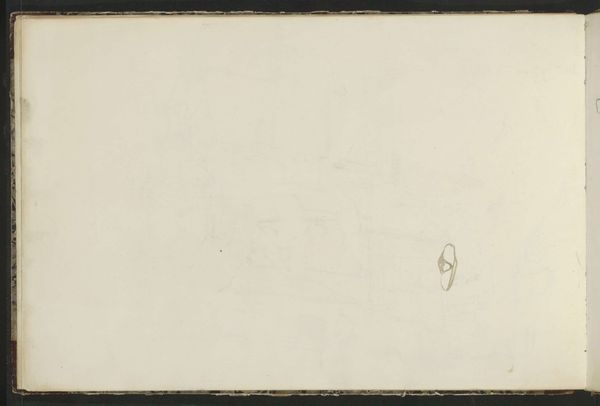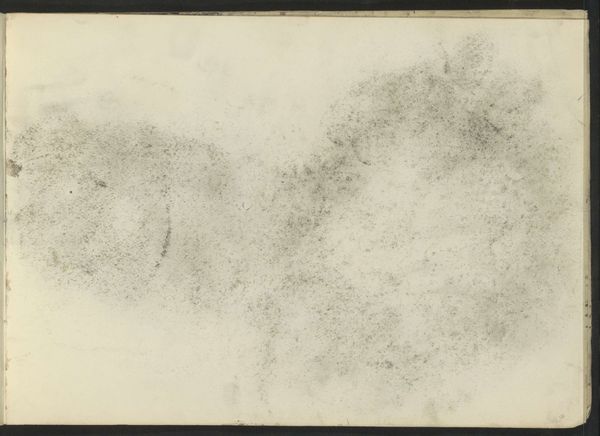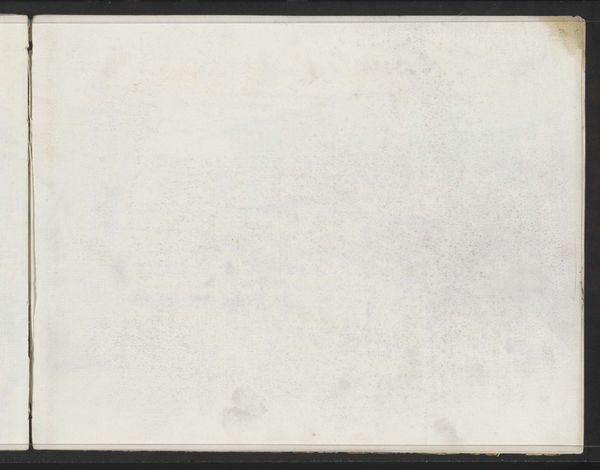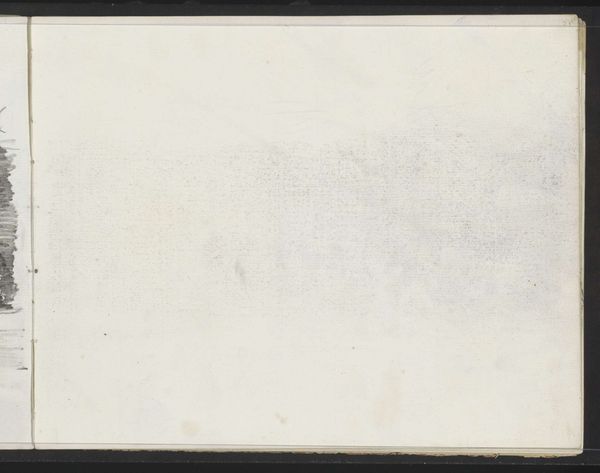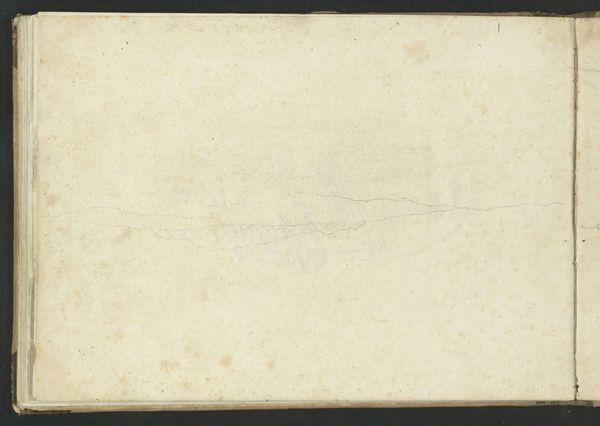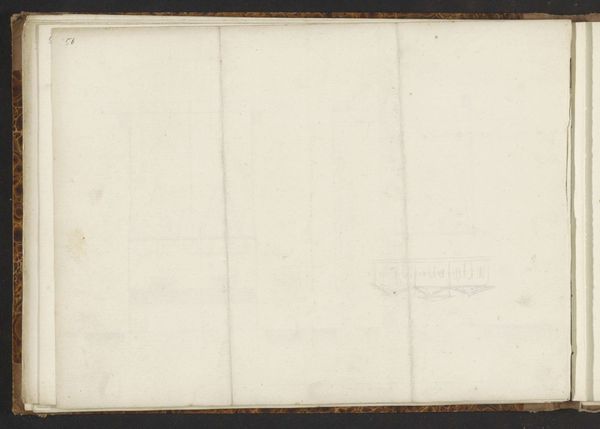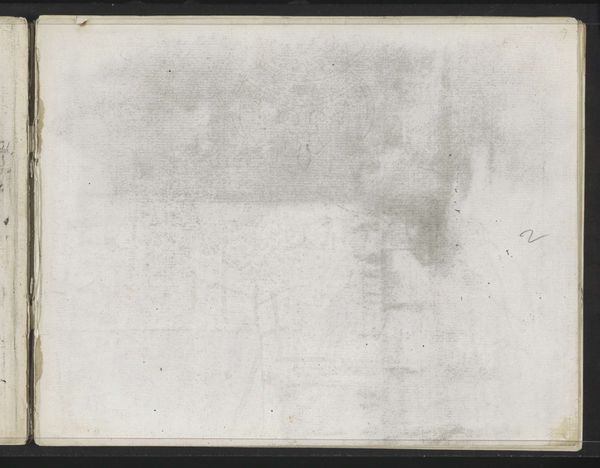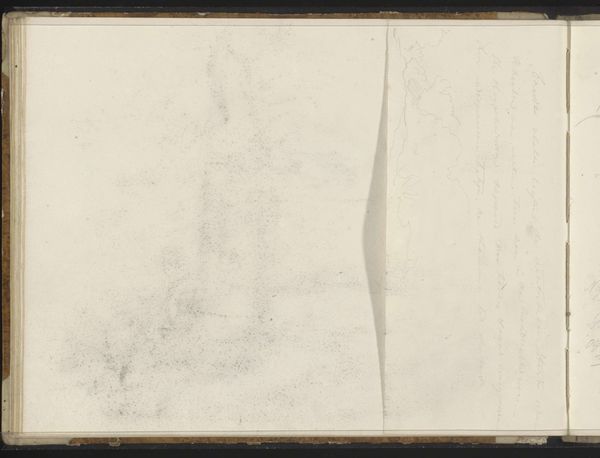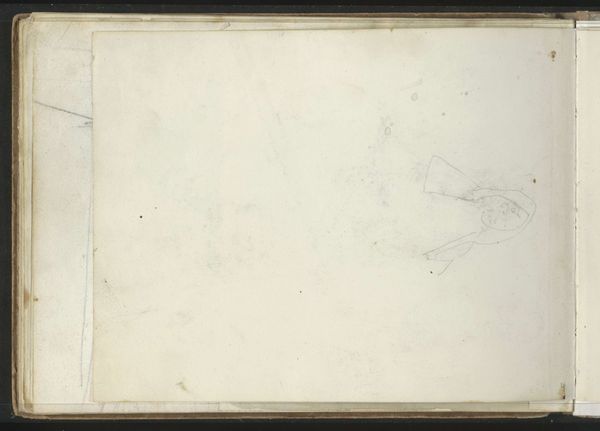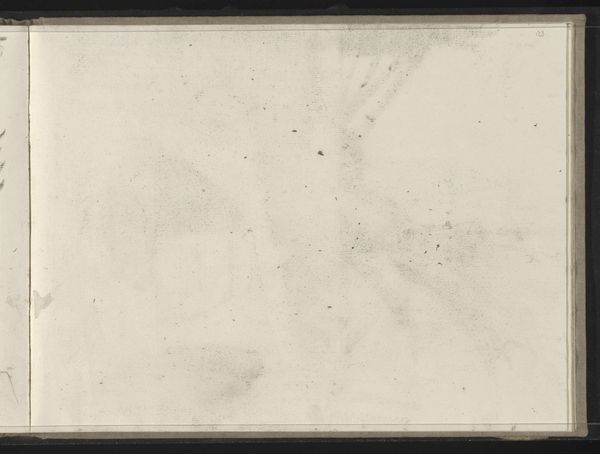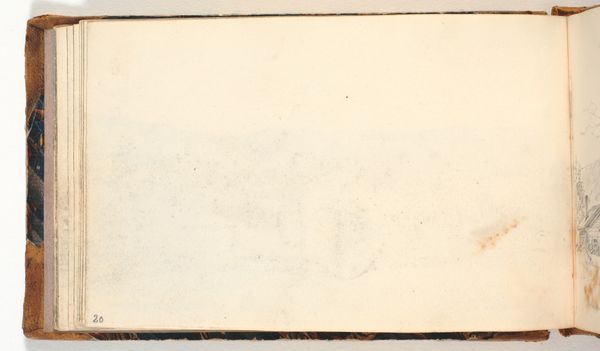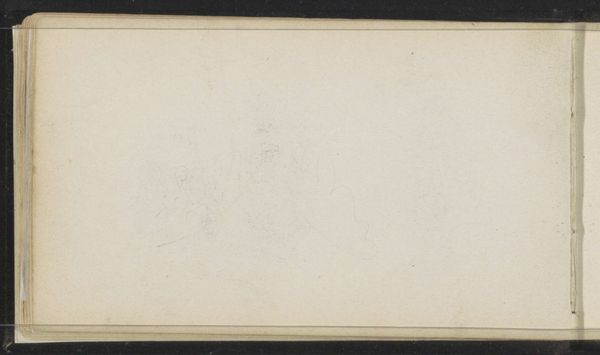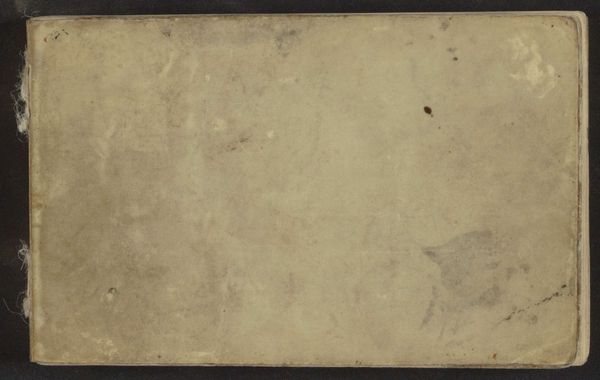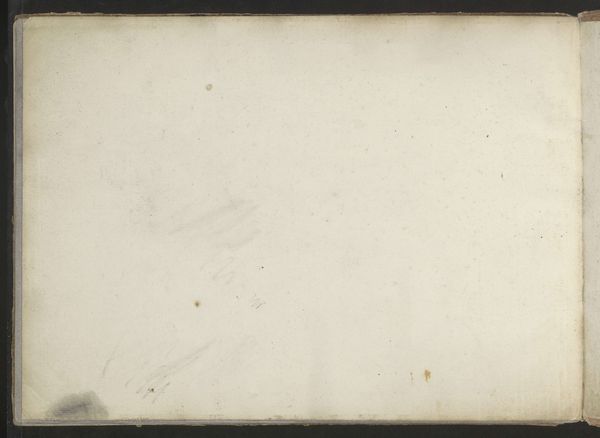
drawing, ornament, coloured-pencil, paper, ink
#
drawing
#
ornament
#
coloured-pencil
#
paper
#
11_renaissance
#
ink
#
coloured pencil
#
watercolour illustration
Copyright: Rijks Museum: Open Domain
Editor: So this is "Ornamentele bloemenkrans," a floral wreath from 1579, made with ink and colored pencil on paper. It's… understated, almost ghostly. What do you make of it? Curator: It's intriguing, isn't it? Considering its placement in a book, it served a specific function. In Renaissance Europe, ornament books played a crucial role, circulating designs and patterns that influenced everything from jewelry and textiles to architecture. Who do you think the audience for this design book was? Editor: Artisans, maybe? Workshops needing fresh ideas? Curator: Exactly. And how do you think it functioned as an inspiration for a piece like jewellery for example? Editor: It is very minimal so they probably expanded on the minimal design to include additional material. Also I notice that there's almost no symmetry, what did this asymmetry mean in the time? Curator: The asymmetry could be seen as a move away from rigid classical ideals, embracing a more dynamic naturalism. The very act of drawing flowers in this style— almost scientific in detail – might have served to celebrate nature and human skill. But don't you think the artist would consider that these books were luxury pieces to showcase craftsmanship to their patrons? Editor: Interesting, so maybe it served different functions for different classes? It makes you wonder what other social strata could benefit from it Curator: Precisely. The world of decorative arts in the Renaissance was very multifaceted, this serves as a fascinating intersection of art, craft, and societal influence. Editor: This has made me rethink the entire role of decorative arts and just how connected they were with all spheres of social classes.
Comments
No comments
Be the first to comment and join the conversation on the ultimate creative platform.
